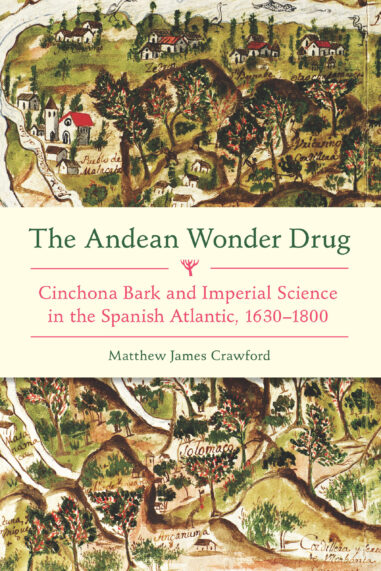
Hardcover $60.00
Request Exam or Desk Copy. Request Review Copy
The Andean Wonder Drug
Cinchona Bark and Imperial Science in the Spanish Atlantic, 1630-1800
The Andean Wonder Drug in question is quina, the lifesaving bark of the cinchona tree, whose forests in Ecuador, Colombia, and Peru were supposedly squandered by the Spanish Crown; whose alkaloids were isolated as quinine by French pharmacists in 1820; and whose seeds were replanted in Asia by late nineteenth-century British and Dutch agents of science, profit, and empire. Or so the story is often told. Matthew James Crawford's book offers a forceful rewriting of its history.

